
Far below Antarctica’s expansive, icy plate, a cutting-edge autonomous sub vanished following one of the most aggressive polar missions in history. The underwater robot, called Ran, had spent almost a month exploring the dark, dark world below the Dotson Ice Shelf, charting detailed sonar maps of ice features no human had ever laid eyes on.
Then, suddenly, it fell silent. The truth of what happened next isn’t paranormal—it’s a wake-up call to science. What Ran learned before vanishing is already reshaping how scientists understand polar ice and changing sea-levels. No science fiction here. Just a terrifying glimpse at Earth’s unseen extremes.
A Mission Deep Below

Led by the British Antarctic Survey and the University of Gothenburg as part of the TARSAN project, the autonomous sub Ran set out to go where no human or manned sub ever could. It charted more than 1,000 kilometers under the Dotson Ice Shelf, gathering sonar data and environmental measurements that would have allowed scientists to learn about one of the most rapidly changing locations on the planet.
Navigating a Frozen Maze
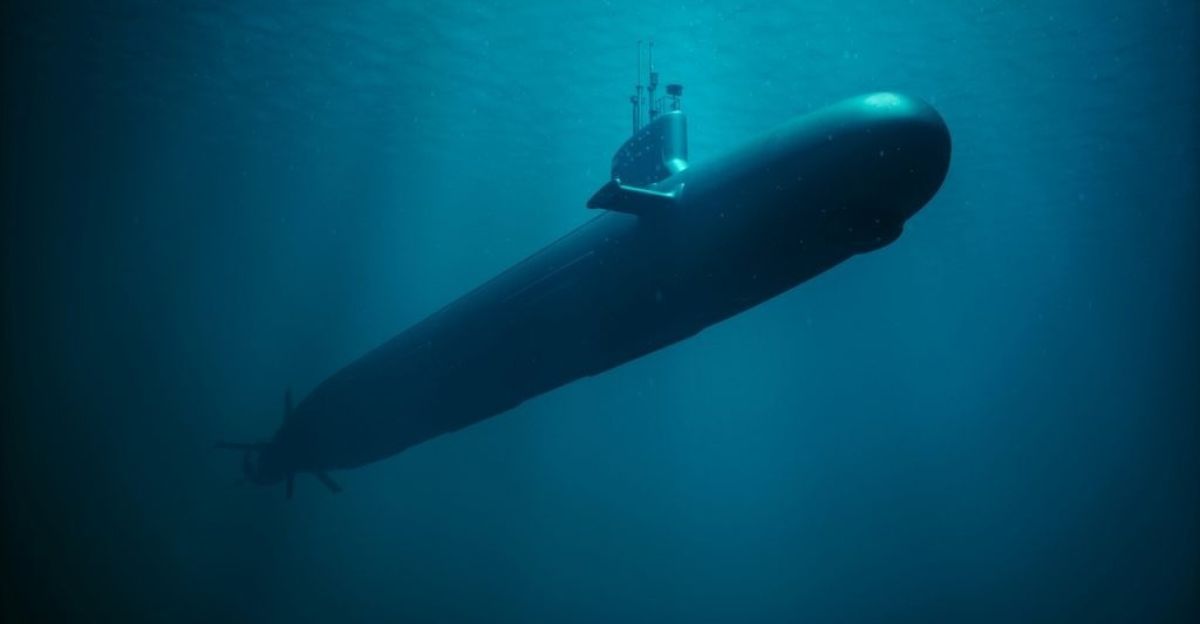
Ran cruised solo under over a mile and a half of ice, mapping the bottom of the shelf with high-resolution multibeam sonar. Until now, researchers only had satellite data and ice cores to investigate these areas—adequate, but fragmentary. Ran’s maps were a flashlight in a dark cavern, divulging ice ridges, valleys, and curved features warped by currents and time. And then, just when things were getting most interesting, communication ceased.
What Did Ran See?
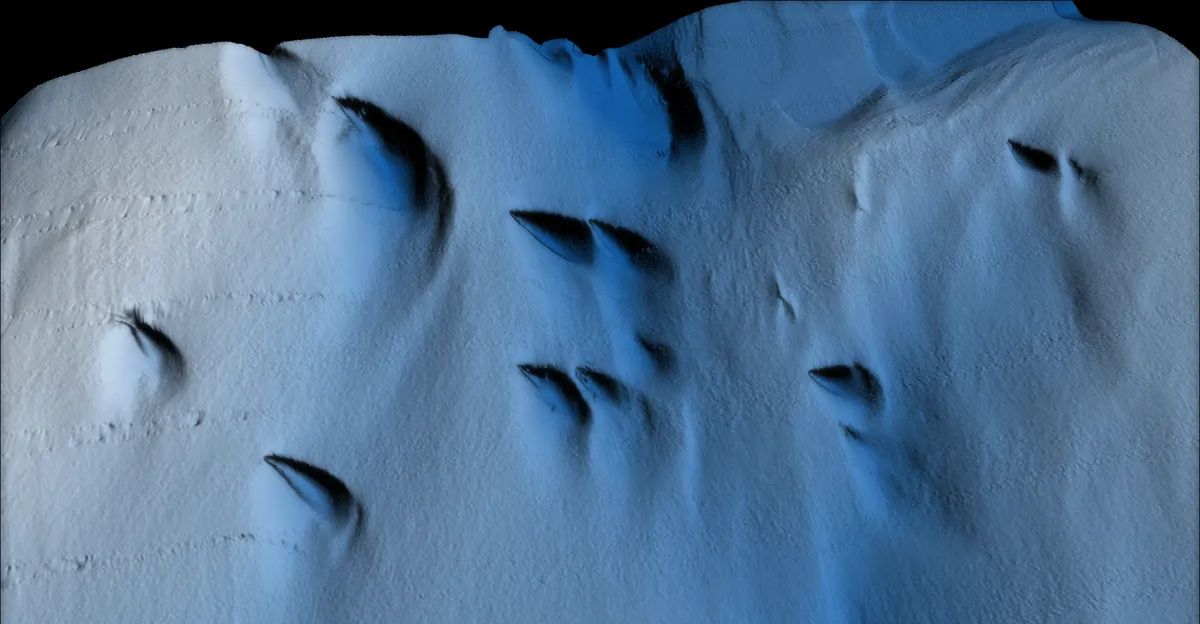
The pictures Ran sent back weren’t “bizarre” in a paranormal sense—but they were simply amazing. They showed teardrop-shaped melt features, grooves carved by invisible currents, and swirling shapes probably formed by the Earth’s rotation. The sighting defied existing knowledge of how Antarctic glaciers melt from underneath. Ran’s sonar maps are now some of the most accurate images we have of what’s beneath the ice.
Real Images, Real Science

The British Antarctic Survey has made the visualizations and mission results available on their site. These visualizations are assisting scientists in calibrating models that estimate how quickly Antarctic glaciers—and global sea levels—will shift in future years.
A Surprising Discovery
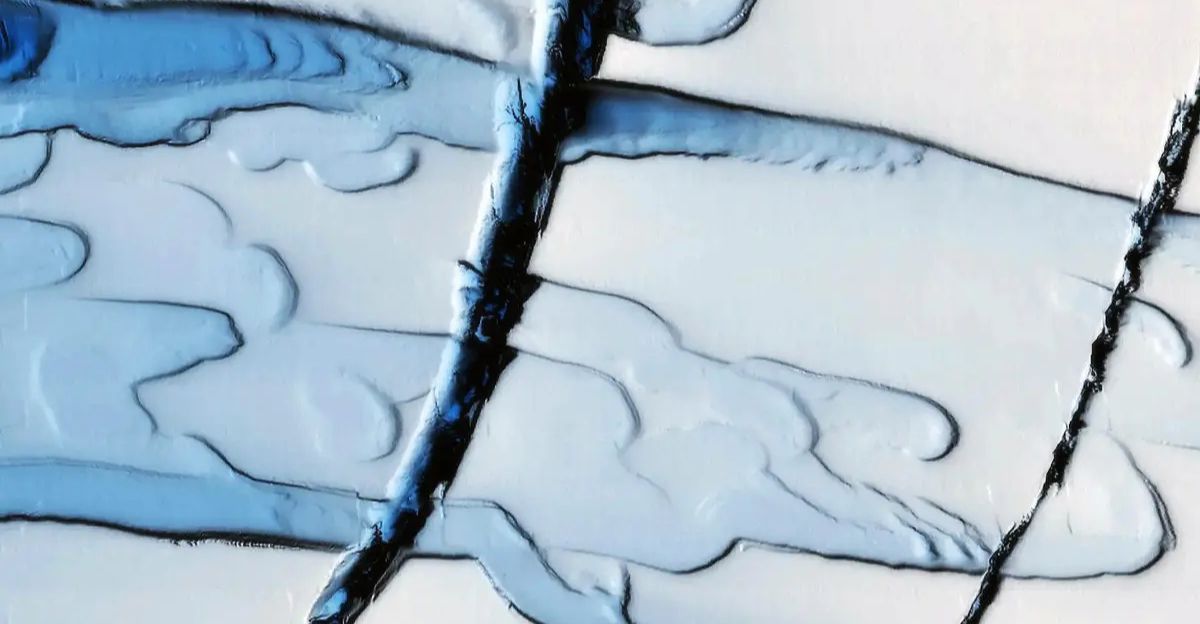
Before it disappeared, Ran’s measurements showed that the Coriolis force and warm ocean currents are forming intricate under-ice features that are speeding up melting in surprising ways. They’re not just cool formations—they signal that current sea-level projections may underestimate the rate of change. That has profound implications for coastal cities around the globe, from New York to Jakarta.
Vanishing Act
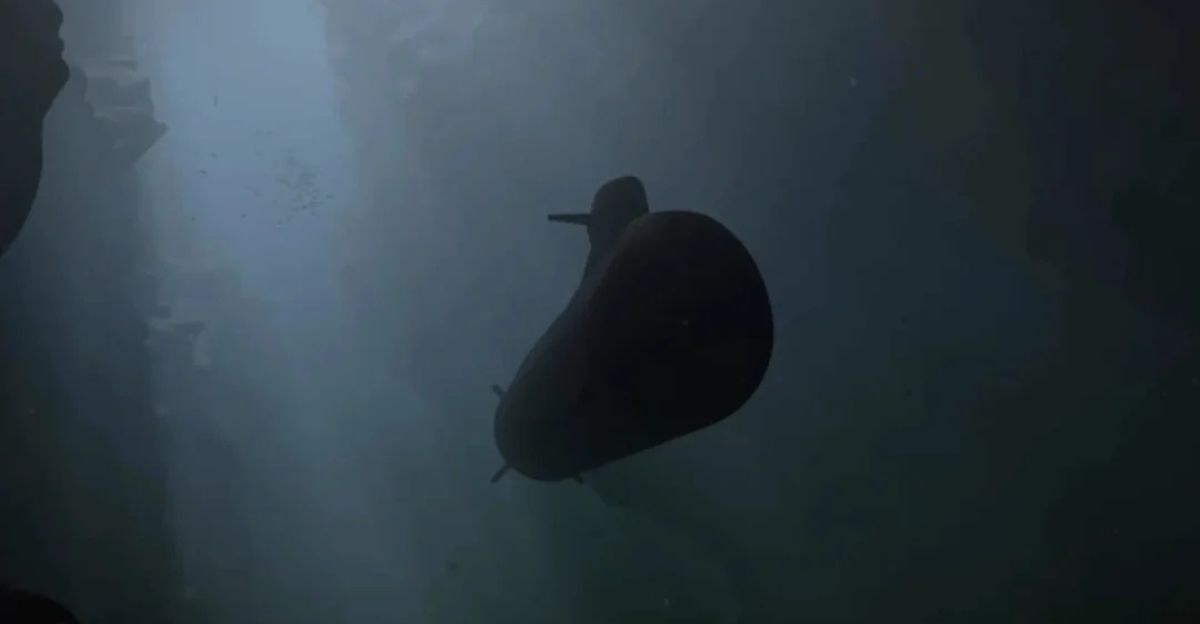
After 27 days of successful data collection, contact with Ran was lost. Search attempts have yielded no further contact. In an environment as unforgiving as Antarctica’s, equipment failure is not unusual. But the timing—right after recording such revolutionary data—has scientists wondering what, exactly, caused it to disappear. Mechanical failure? Ice shift? Or did it go deeper than anyone expected?
Tech on the Edge
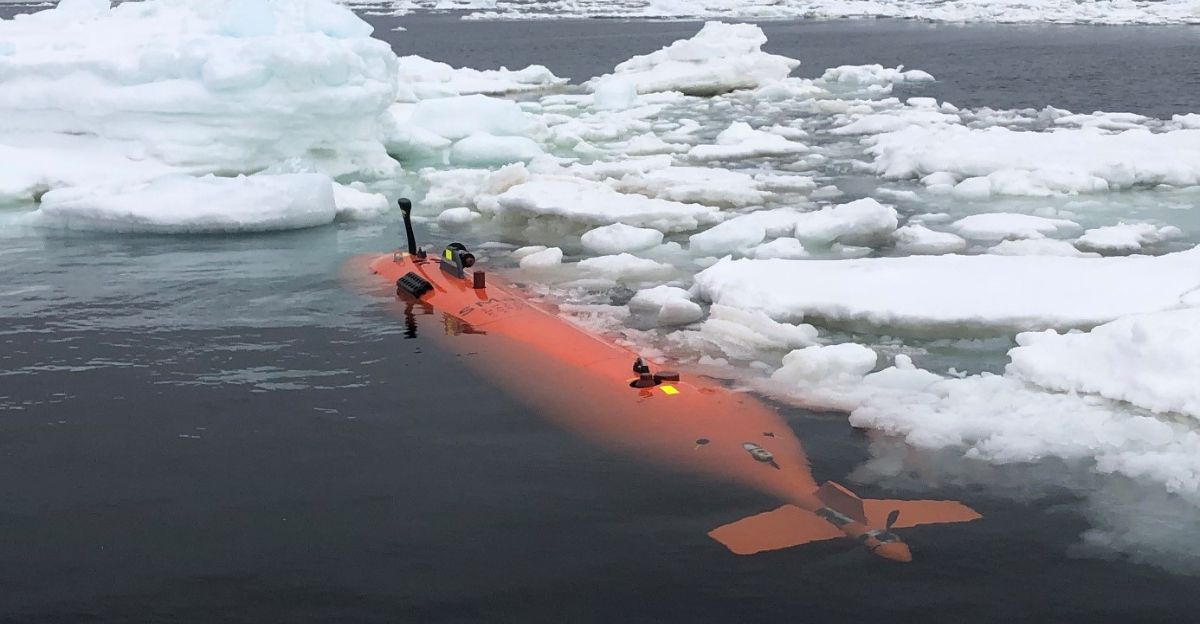
Ran was no ordinary sub—it was a cutting-edge autonomous underwater vehicle with sophisticated navigation and imaging systems. It would have to travel in a world without GPS, light, or human involvement. Even with modern technology, working underneath ice shelves is a risky proposition. Communications are challenging, and even the most robust machines can’t always resist the bone-crushing pressure and freezing temperatures.
Why This Matters
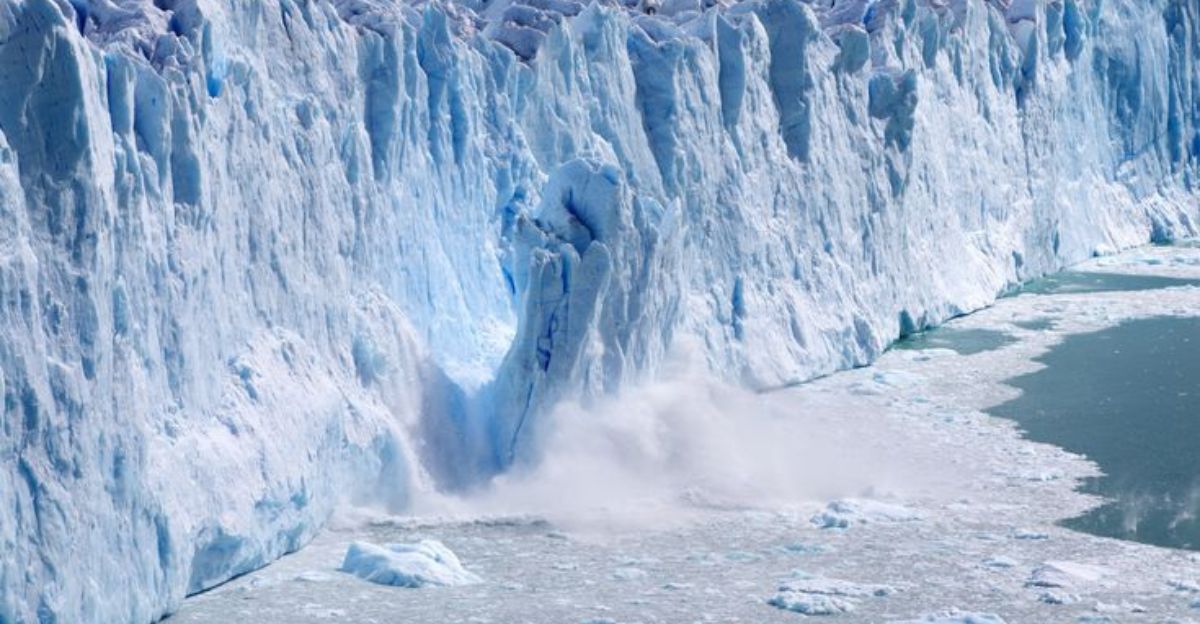
The Dotson and neighboring Thwaites glaciers are essentially frozen plugs in the path of enormous inland ice sheets. If they were to completely collapse, the oceans would rise by several feet. Ran’s work gives us a clearer notion of how near we may be to that tipping point—and how rapidly the changes are occurring. The stakes are anything but academic. They are global, economic, and coastal.
An International Effort

This mission was possible because of international collaboration. Researchers in the U.S., UK, and Sweden collaborated on the TARSAN project to develop, launch, and analyze Ran’s data. It’s a testament to the reality that climate science is an international affair—one that demands combined resources, shared information, and open collaboration to truly comprehend our evolving planet.
Looking Ahead
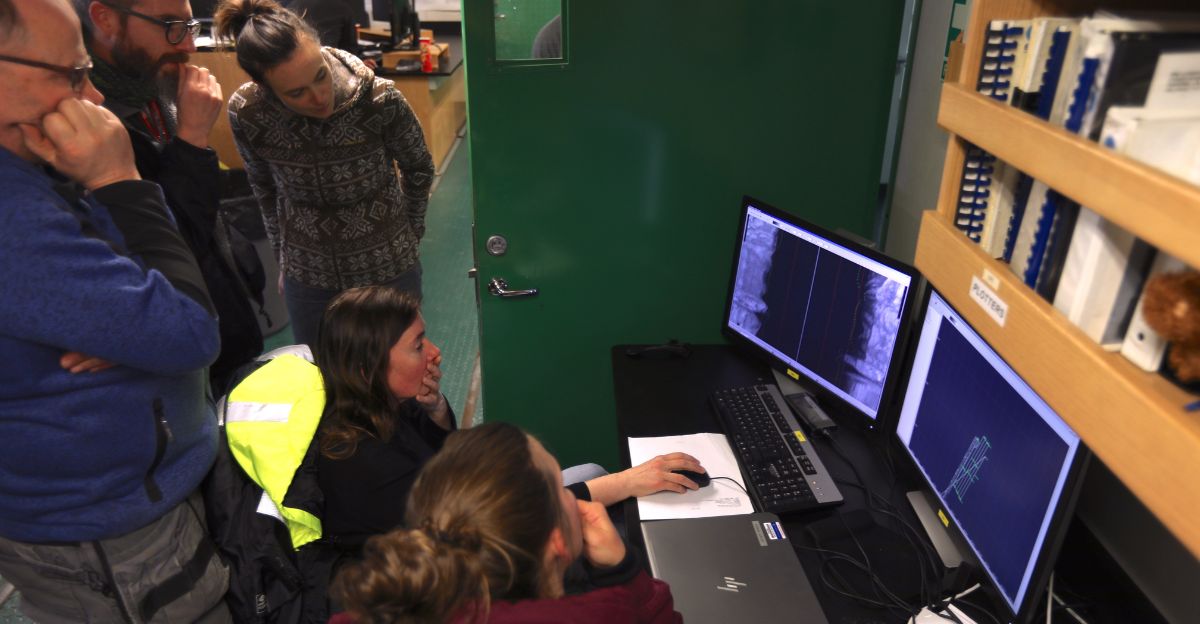
Ran’s failure hasn’t halted the research. If anything, it’s encouraging teams to build even tougher vehicles and communications for future missions. Scientists are already making plans to head back to the same areas, now equipped with what Ran revealed to them—and with the resolve to go even further. Failure, in science, has a way of becoming the first chapter in an even greater success.
Beyond Antarctica
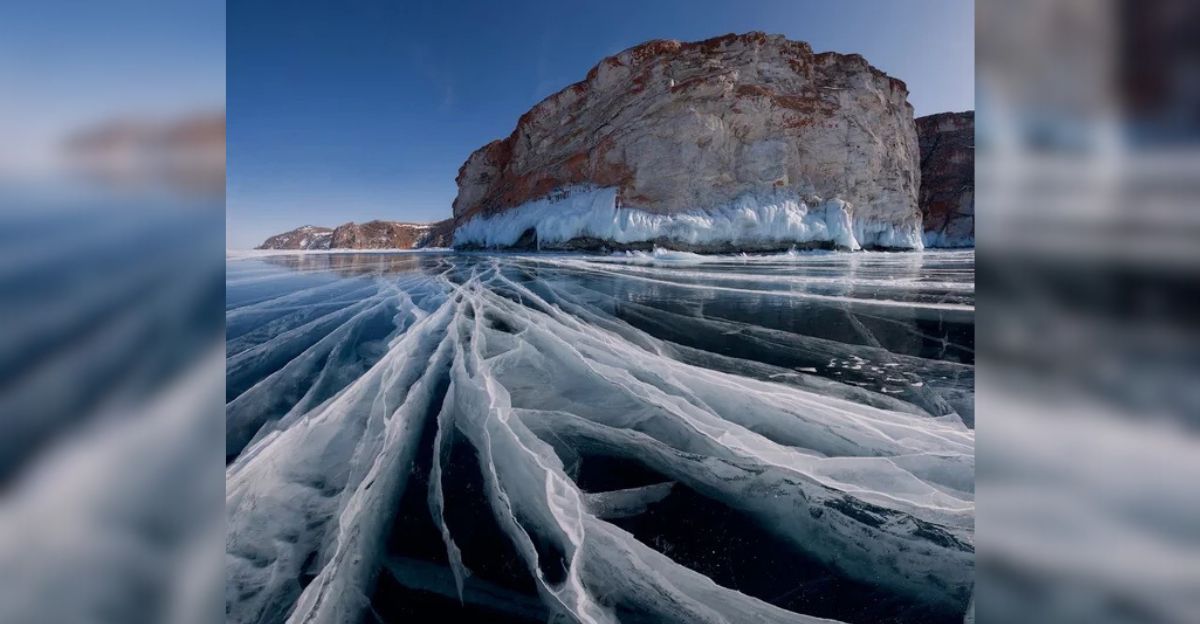
The consequences of Ran’s research extend beyond Antarctica. The methods applied during this expedition can be modified to study ice-covered moons such as Europa or ice-covered lakes in Siberia. Sounding these worlds informs us about Earth’s history—and perhaps even prepares us for findings elsewhere in the solar system. This is Earth science with planetary potential.
Lessons in Disappearance

Ran’s destiny remains a secret, but despite failure, it accomplished its objective: to provide us with a clearer picture of an unseen world. It also also reminds us of technology’s boundaries—and exploration’s ability to push them. Occasionally the biggest breakthroughs entail the biggest risks.
Not Lost—Just First

Ran may never come back, but its impact will resound in the corridors of climate science for decades to come. It was the first to venture where no machine has ventured before, and it returned with evidence that the ice is teeming with movement and mystery.
Explore more of our trending stories and hit Follow to keep them coming to your feed!

Don’t miss out on more stories like this! Hit the Follow button at the top of this article to stay updated with the latest news. Share your thoughts in the comments—we’d love to hear from you!







